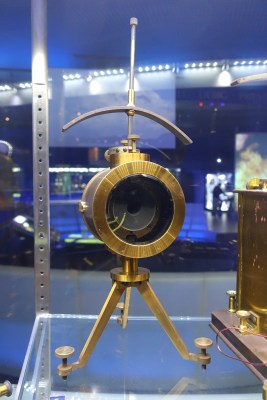When we draw schematics, we have the luxury of pretending that wire is free. There are only a few cases where you have to account for the electrical characteristics of wire: when the wire is very long or the frequency on the wire is relatively high.
This became apparent after the first transatlantic cable went into service for telegraph communications. Even though the wire was linear, there was still distortion on the line so severe that dots and dashes would overlap each other. The temporary solution was to limit speeds so slow that operators had trouble sending and receiving at those speeds. How slow? An average character took two minutes to send! That’s not a typo. Two minutes per character. By custom, Morse code assumes a word is five characters, so you could send a word every 10 minutes.
The first transatlantic cable went into service in 1858 and was virtually the moon landing of its day. Frustrated with how slow the communications were, an electrician by the name of Whitehouse decided to crank up the voltage to over 1,000 volts which caused the cable to fail after only three weeks in service. Whoops. Later analysis showed the cable was probably going to fail quickly anyway, but Whitehouse took the public blame.
The wire back then wasn’t as good as what we have today, which led to some of the problems. The insulation was made from multiple coats of a natural latex, gutta percha, which is what dentists use to fill root canals. The jackets were made from tarred hemp and bound with iron wire. There was no way to build an underwater amplifier in 1858, so the cables were just tremendous wires laying on the ocean floor between Newfoundland and Ireland.
State-of-the-Art
While putting a cable under the ocean today isn’t a minor undertaking, it was even worse in 1858. Even the construction of the wire was a big deal. There were seven conductors and the iron wire used to armor the cable required two companies to make it. Famously, the companies wound the wire around in opposite directions leading to a well-publicized hack to allow splicing.
Laying the cable was also precarious. There had been some work laying shorter cables under small bodies of water, but nothing of this scale had been done before. There wasn’t a ship that could hold all 2,500 miles of cable, so they used two ships. After a few aborted attempts, the ships met in the middle of the Atlantic, spliced their cables and set off in opposite directions. The finished cable itself was nearly 2,000 miles long.
Even Morse code didn’t work the same on the long cable. Instead of on or off, the transatlantic cable used current flow in one direction to signify a dot and in the other to signify a dash — what we would now call a current loop. The receiver end was a very sensitive galvanometer that used a mirror to maximize sensitivity, developed by a man named Thomson who is better …read more
Source:: Hackaday

